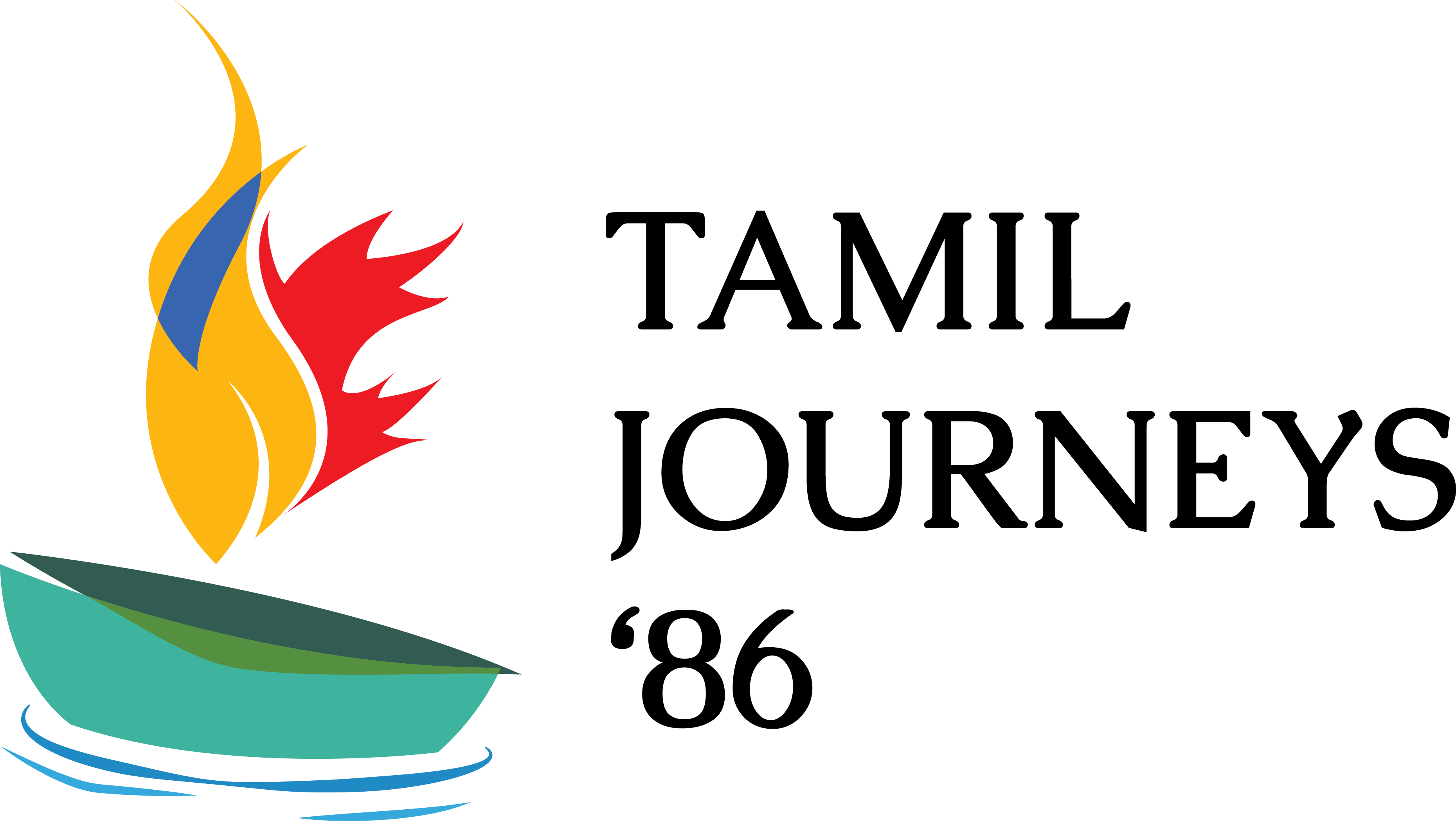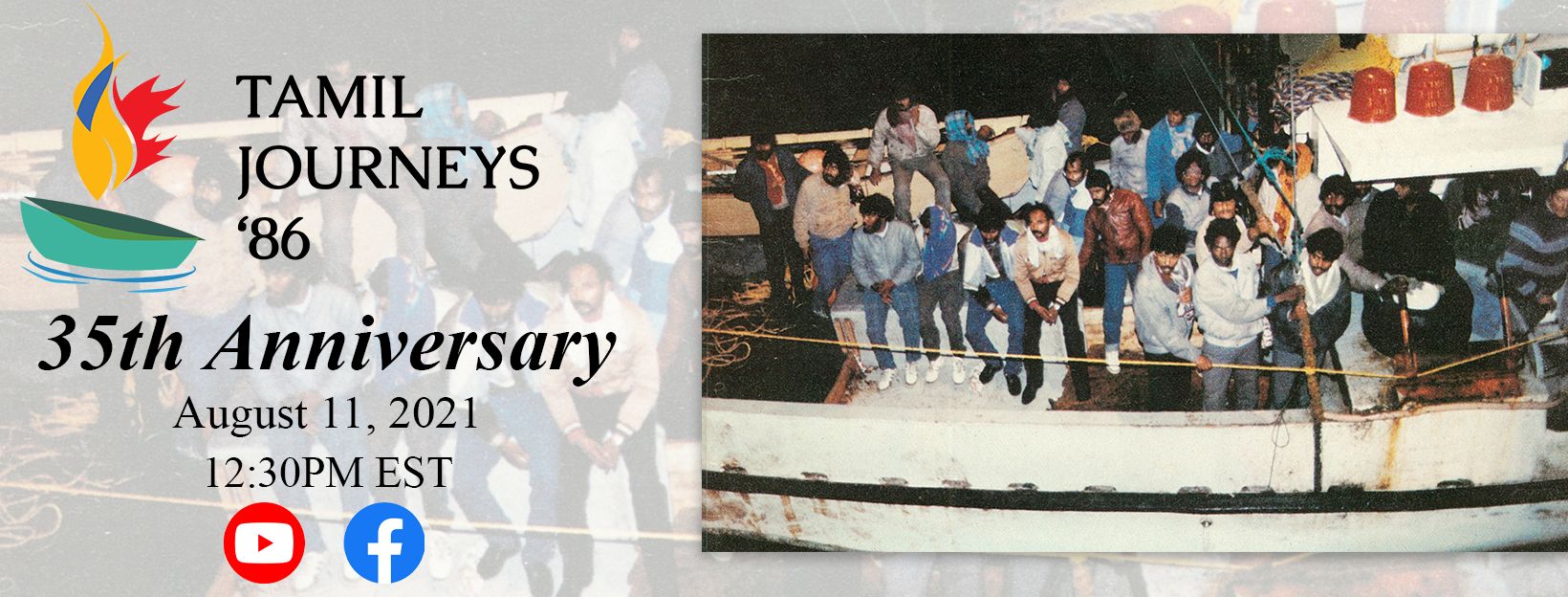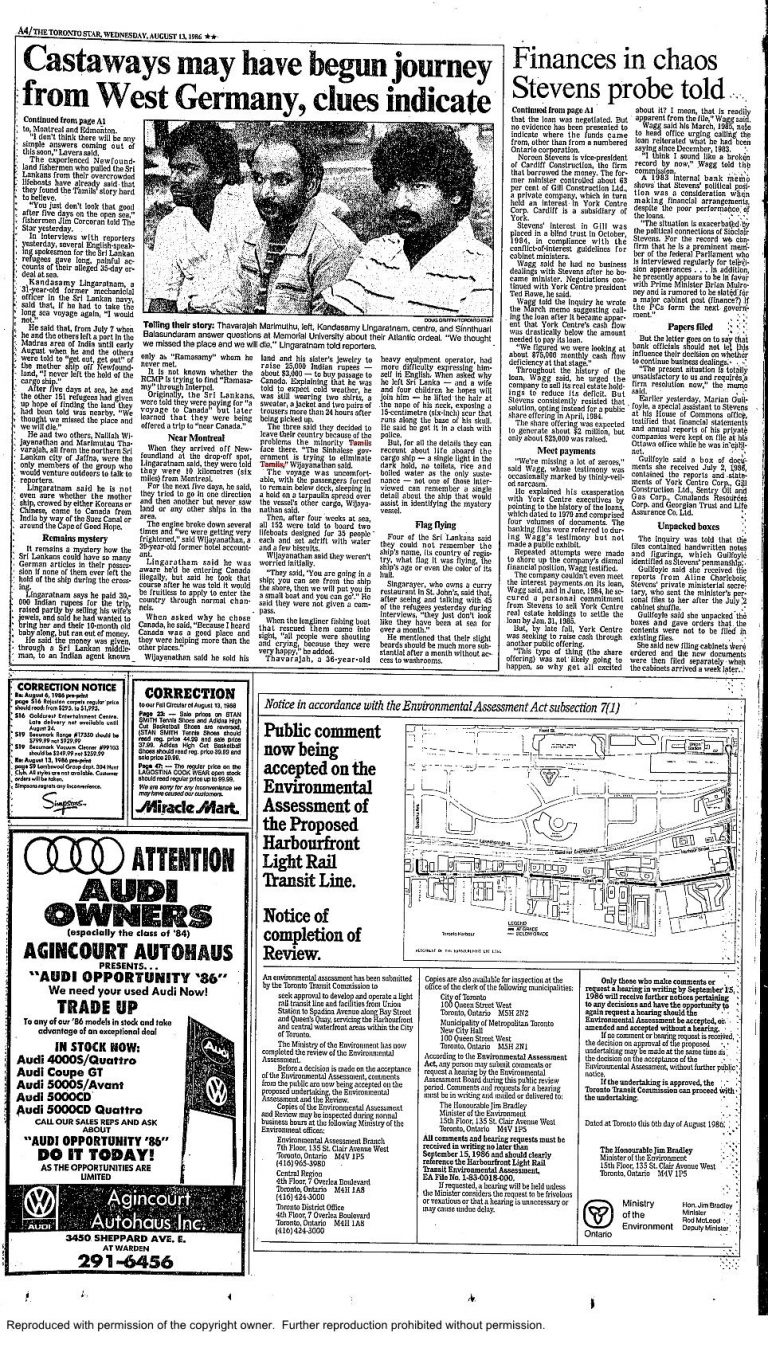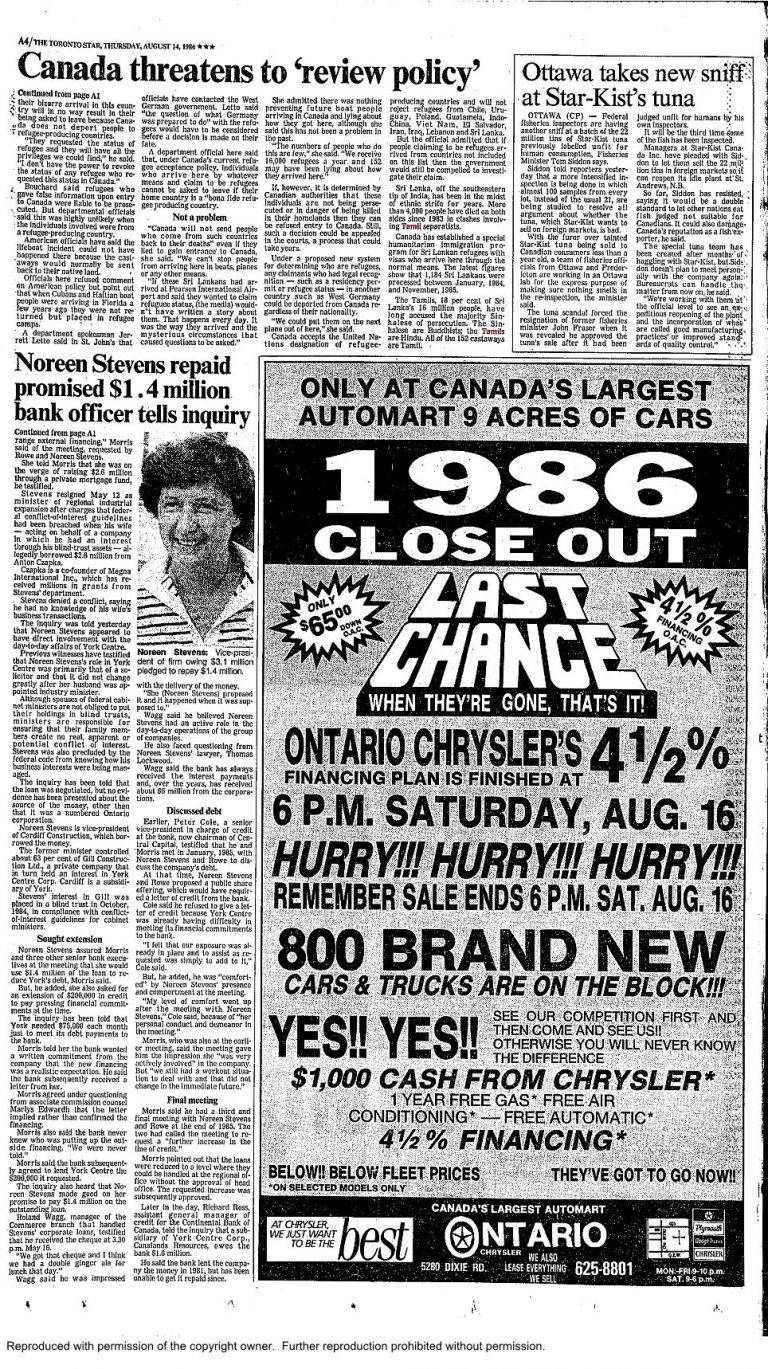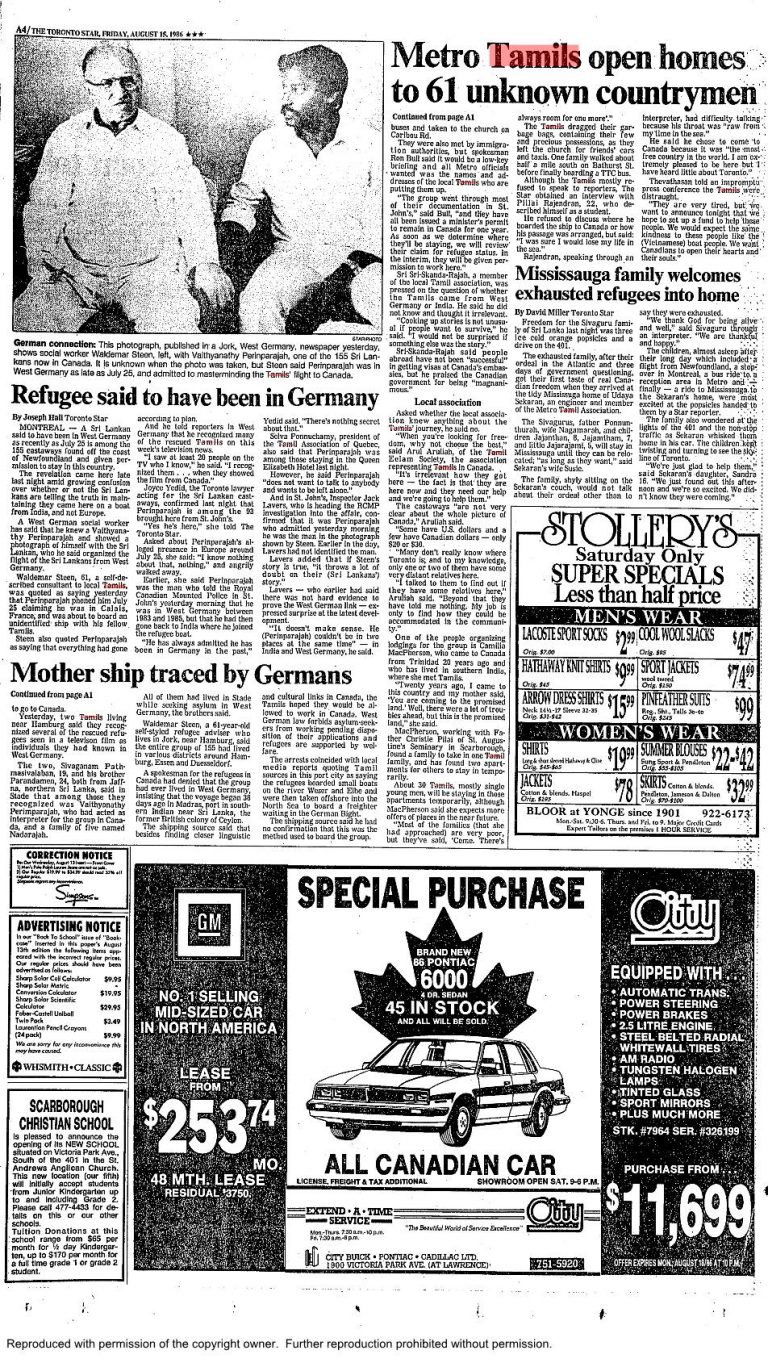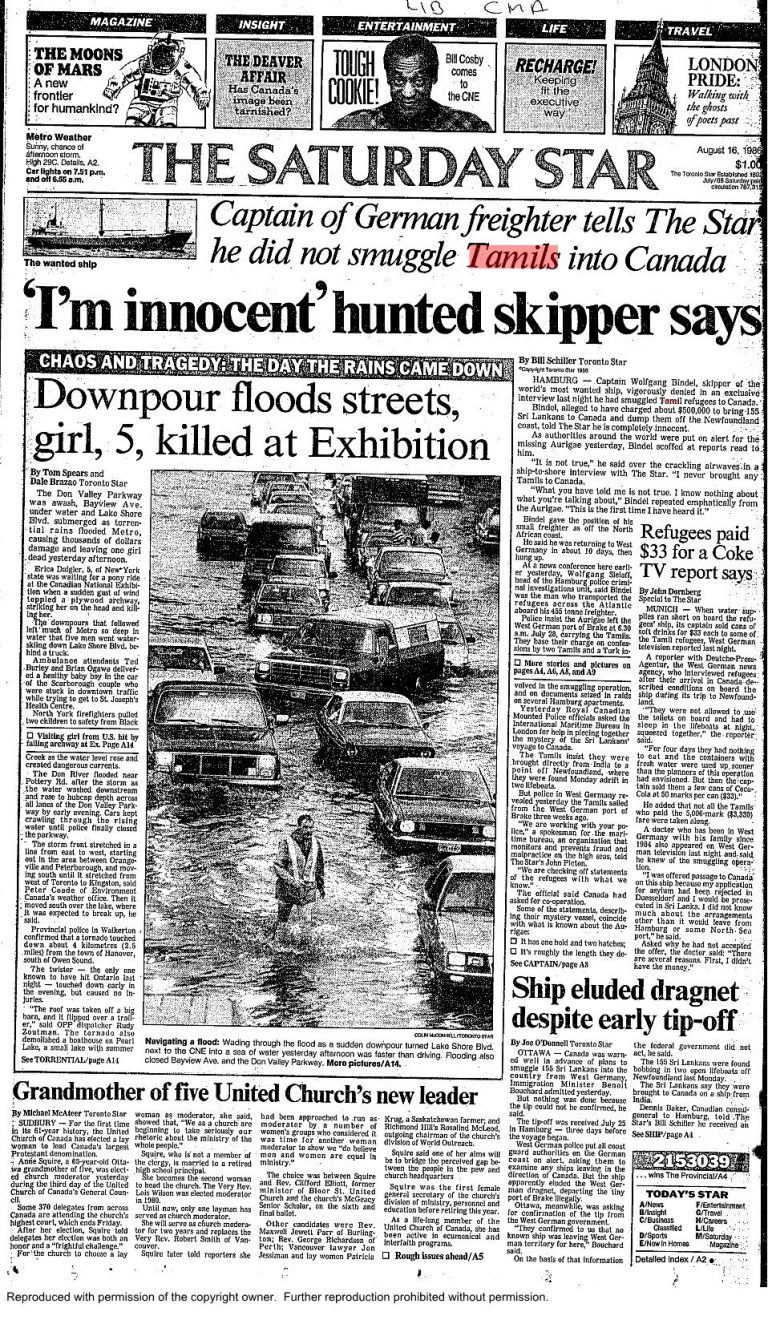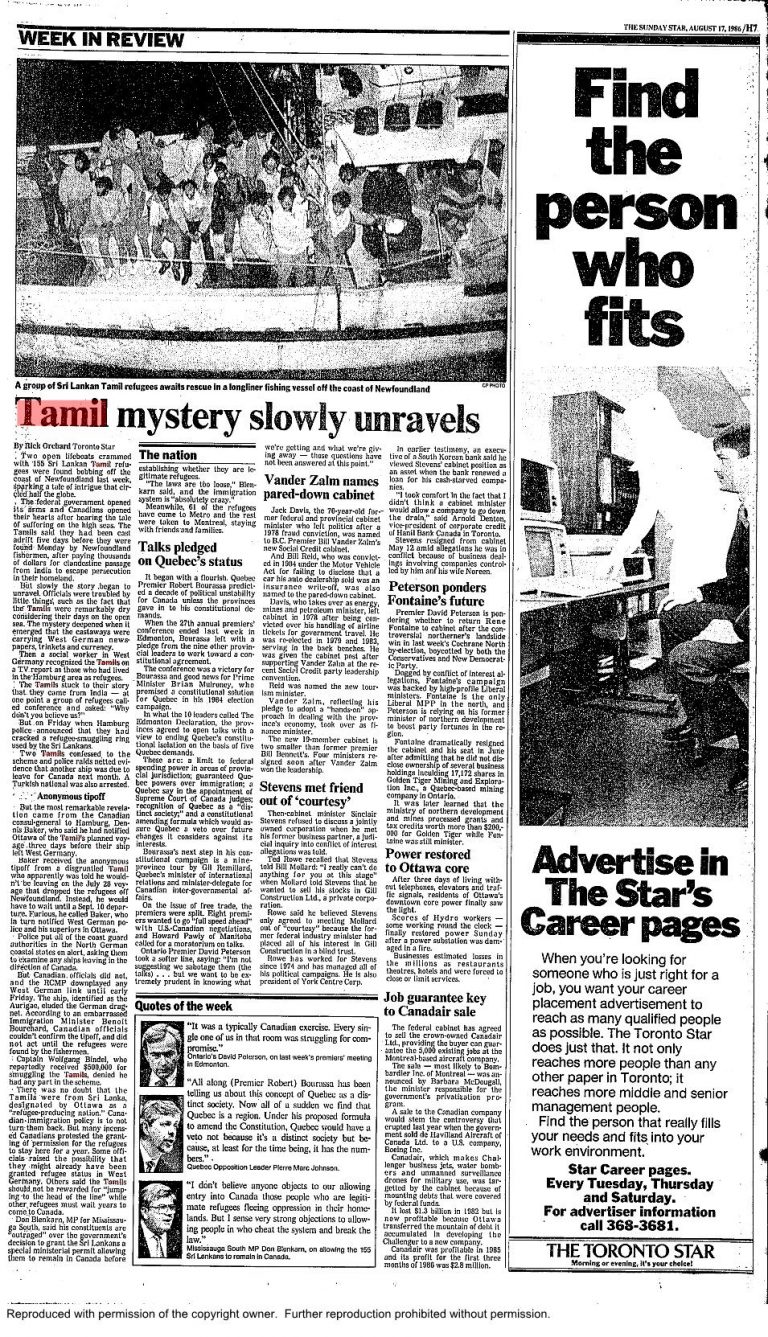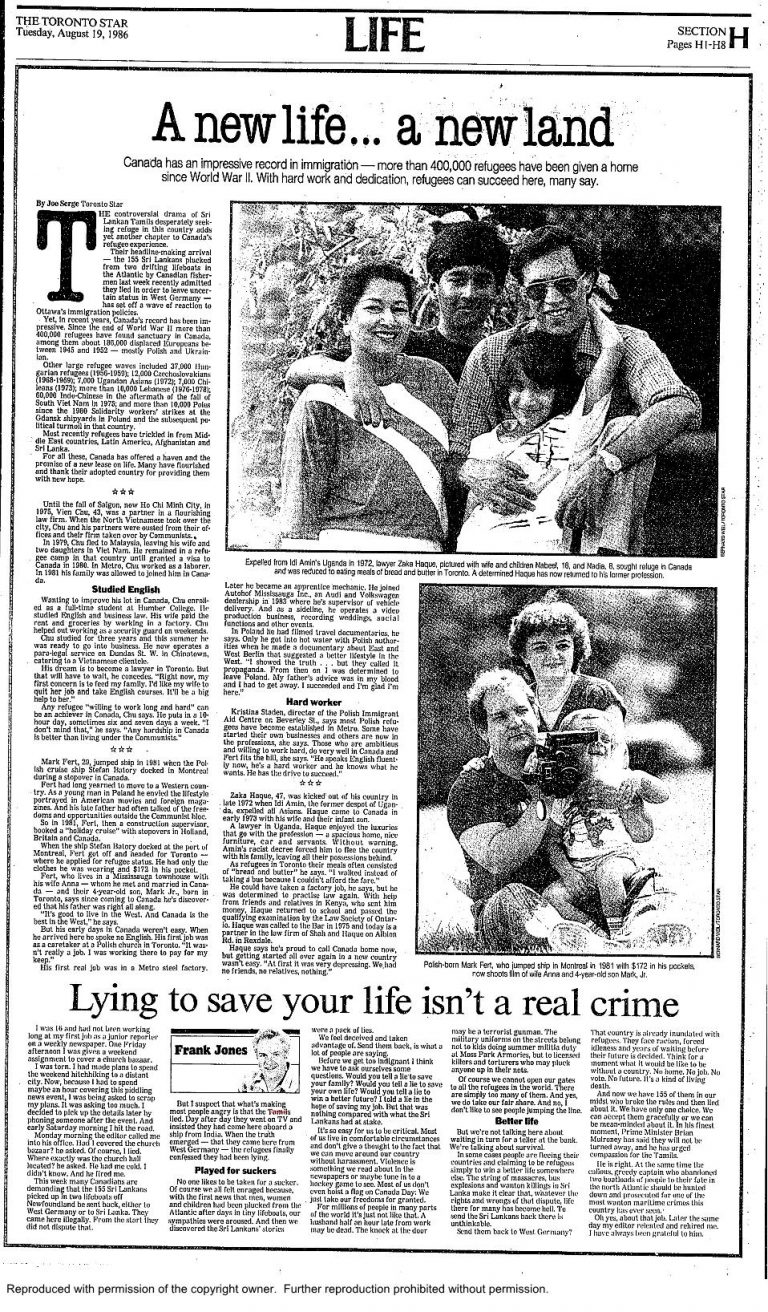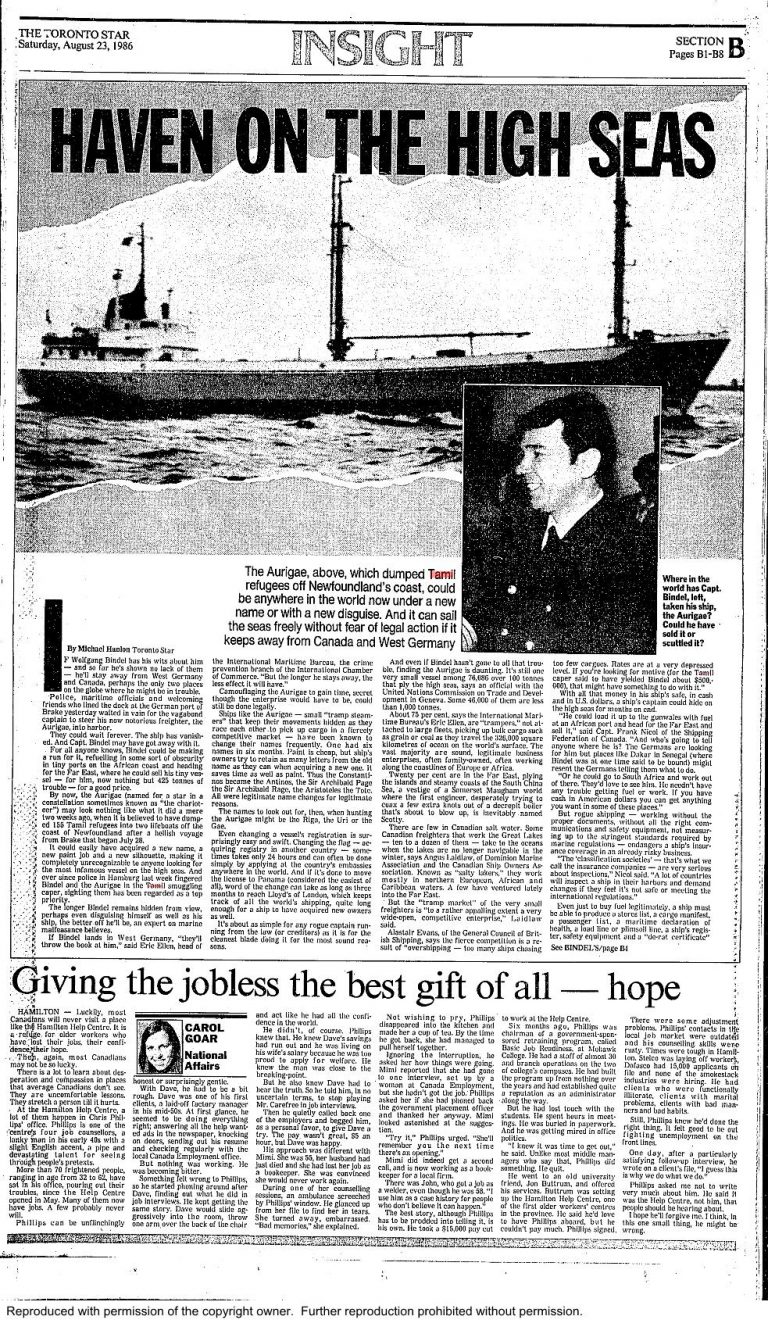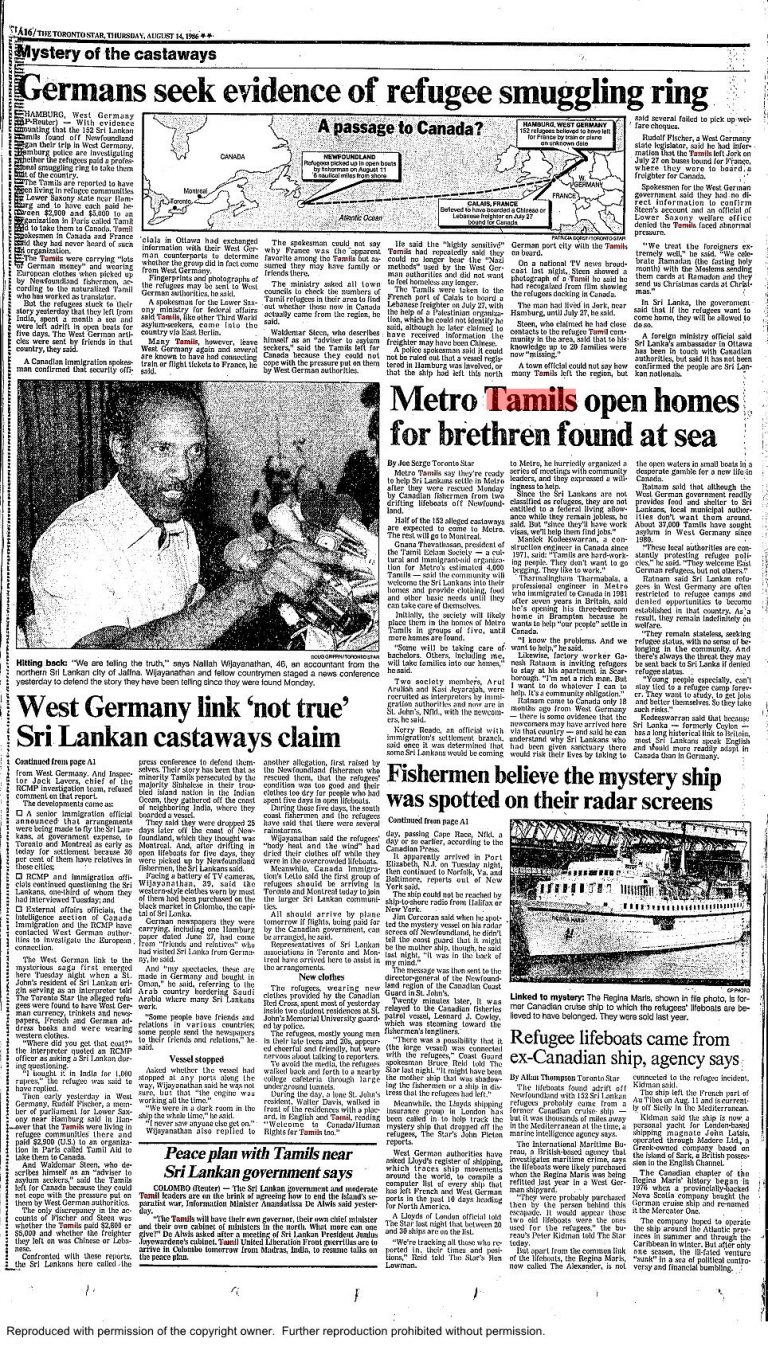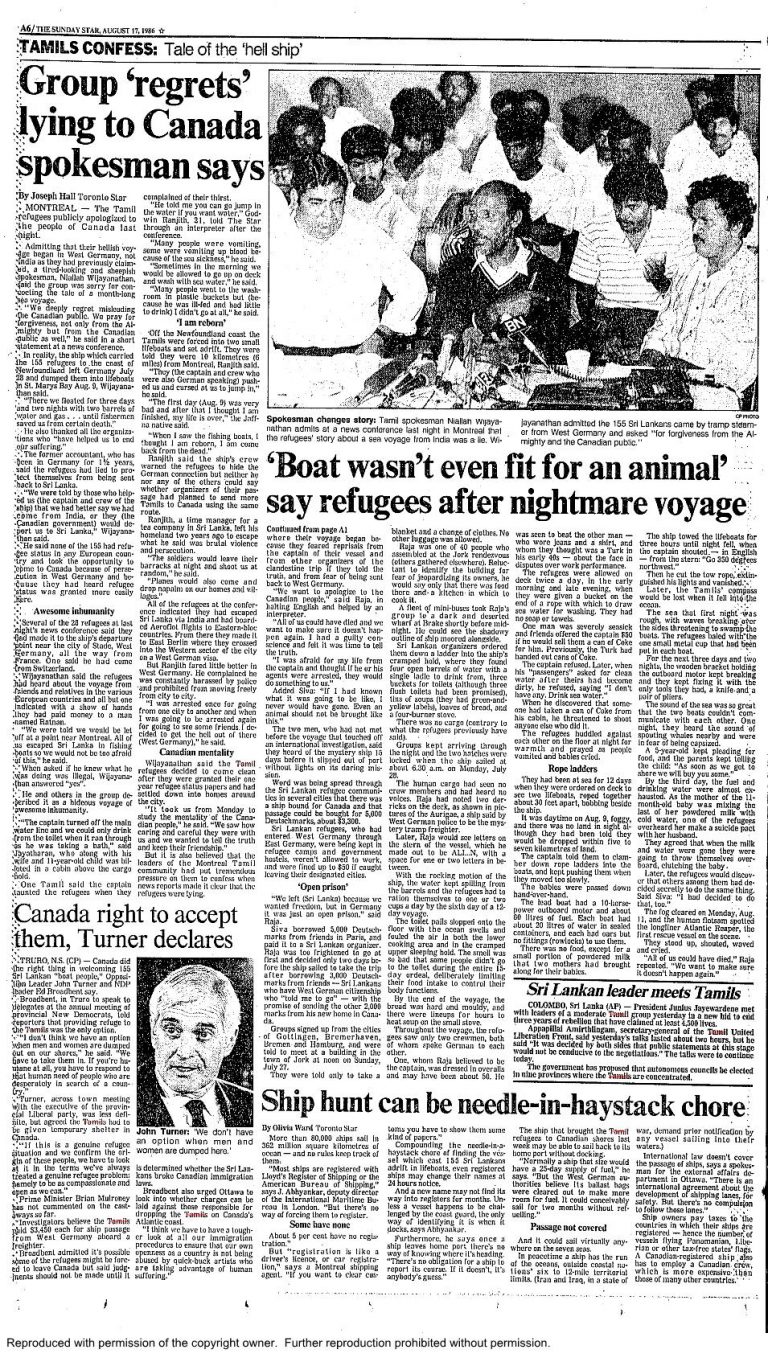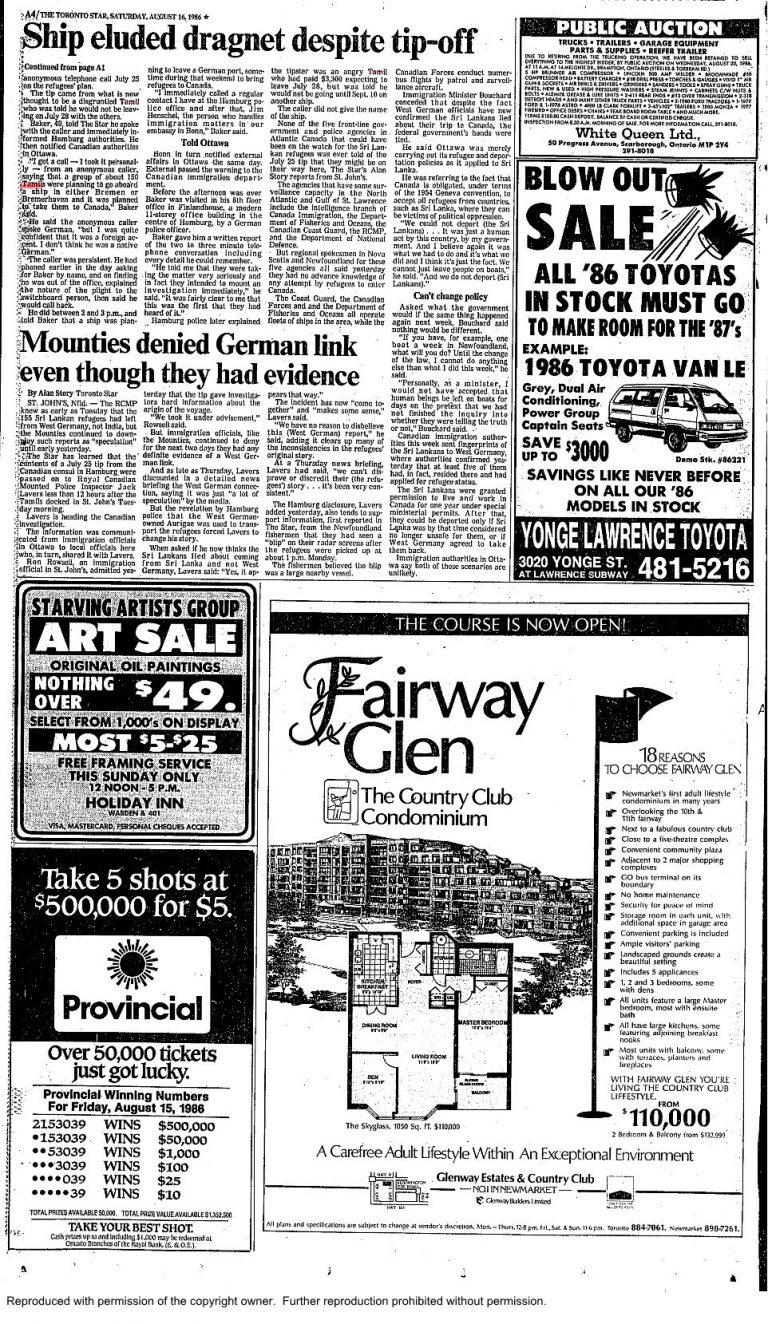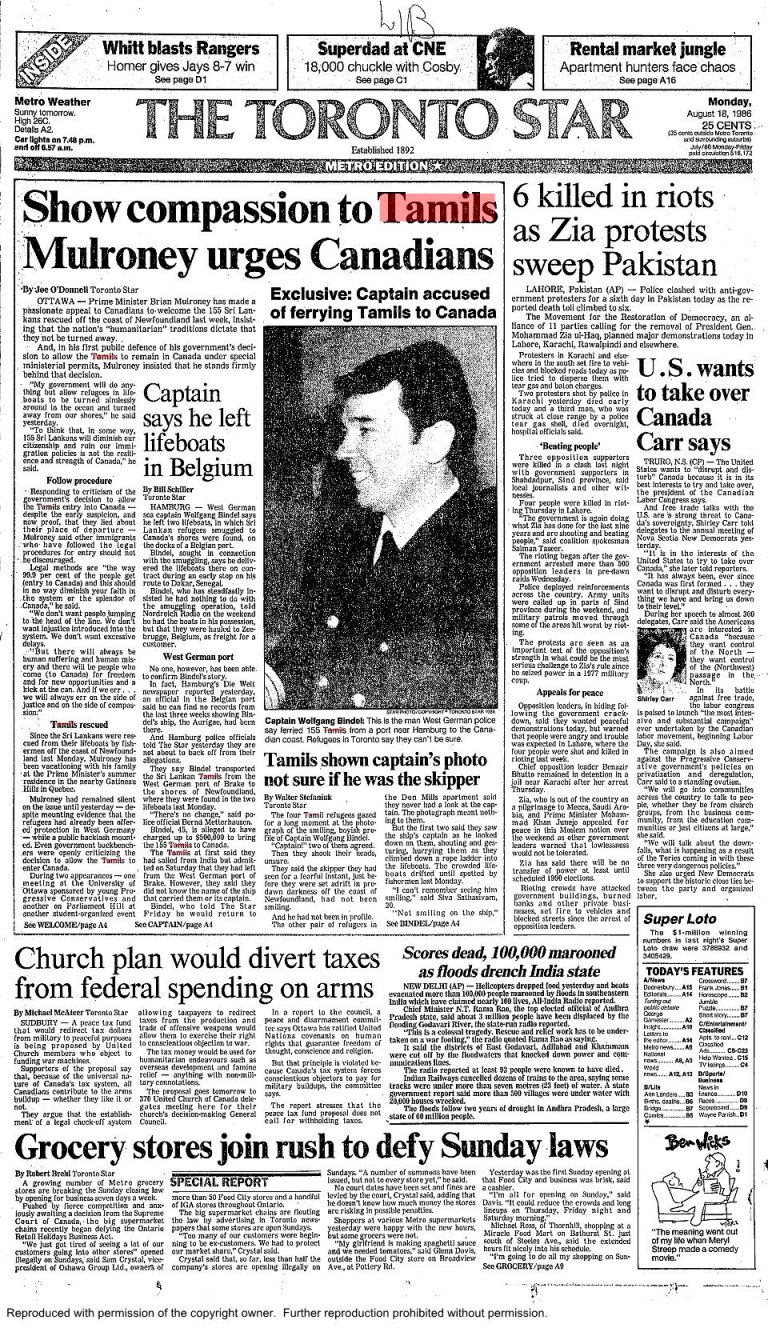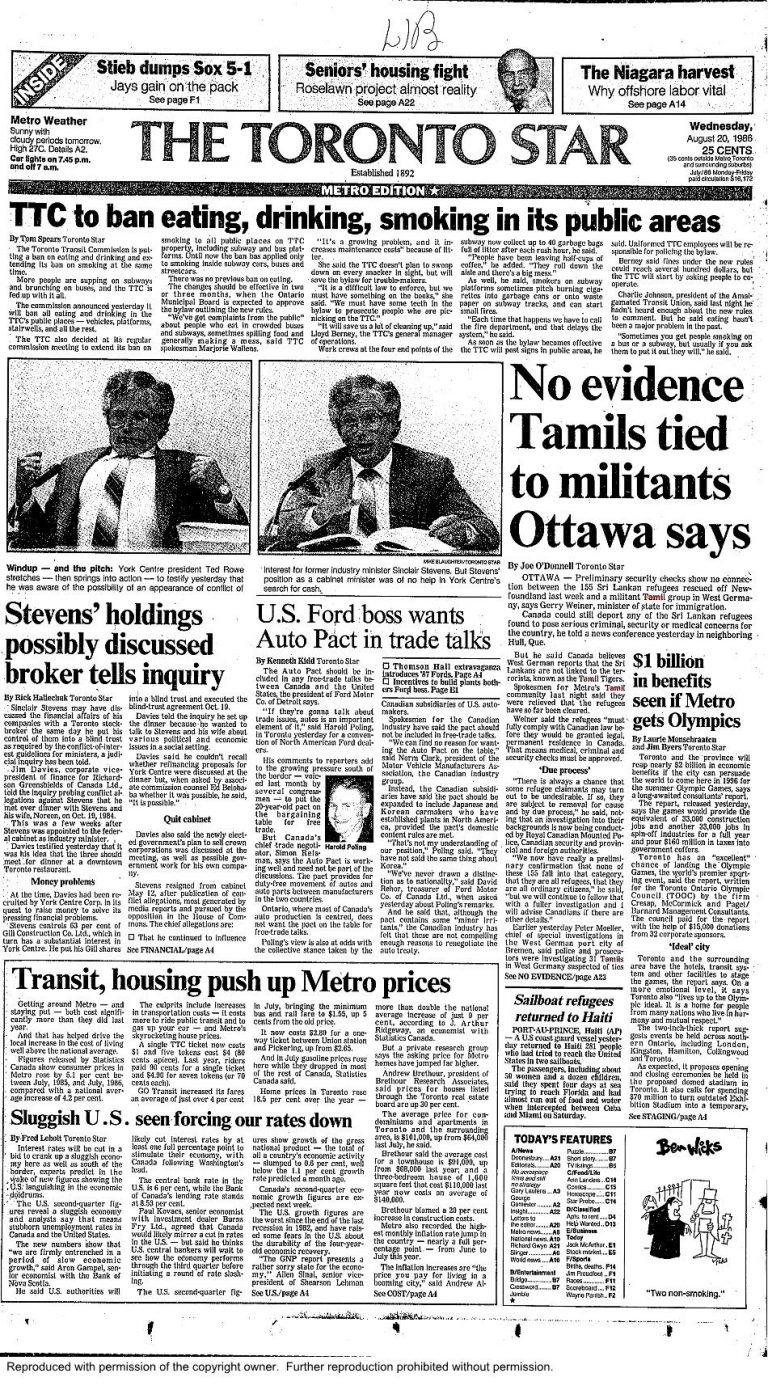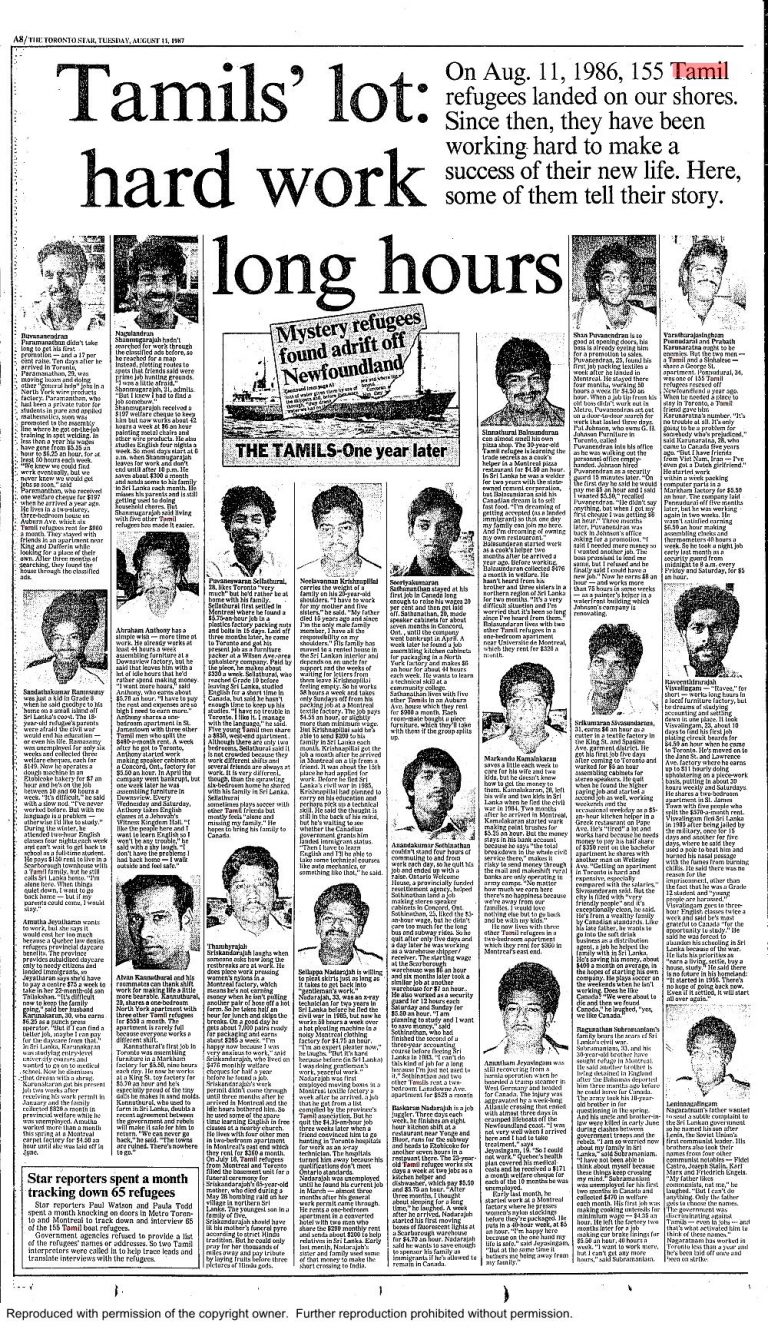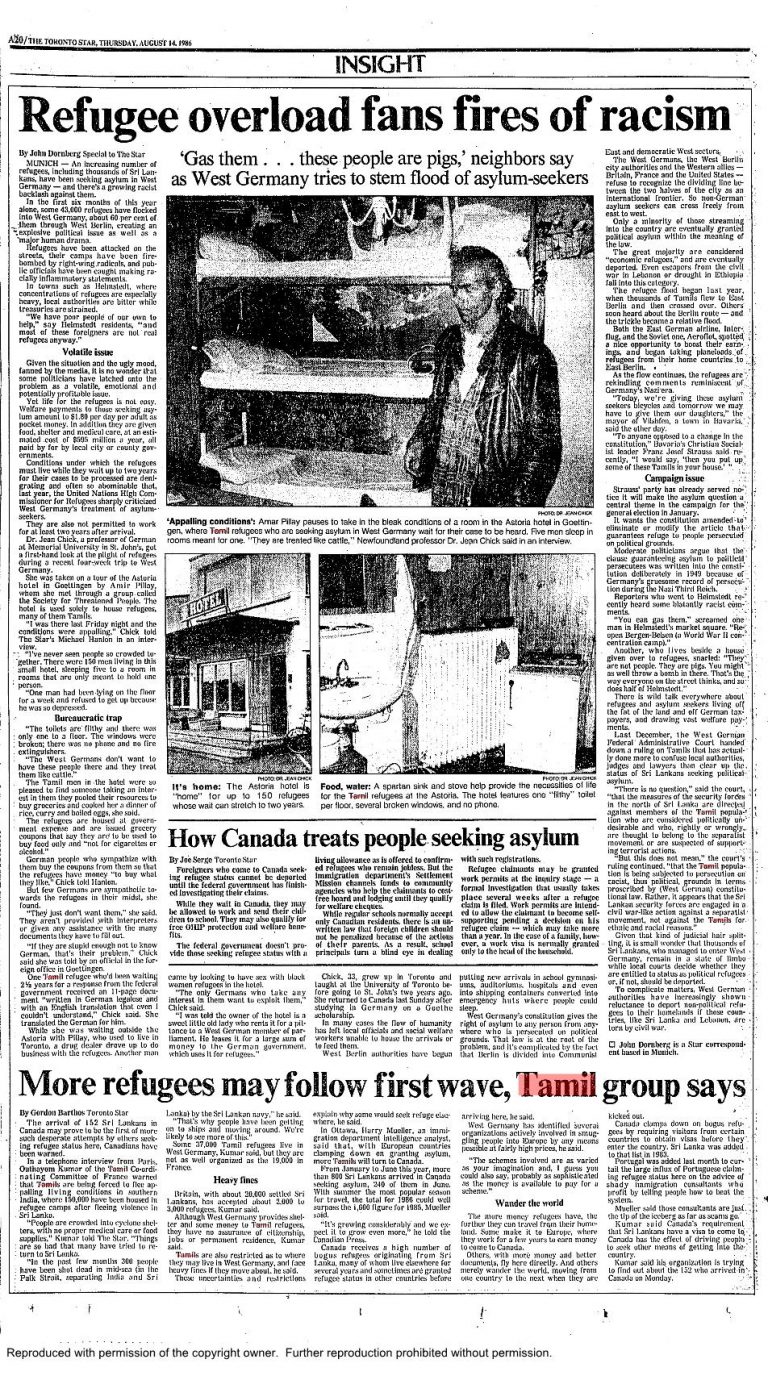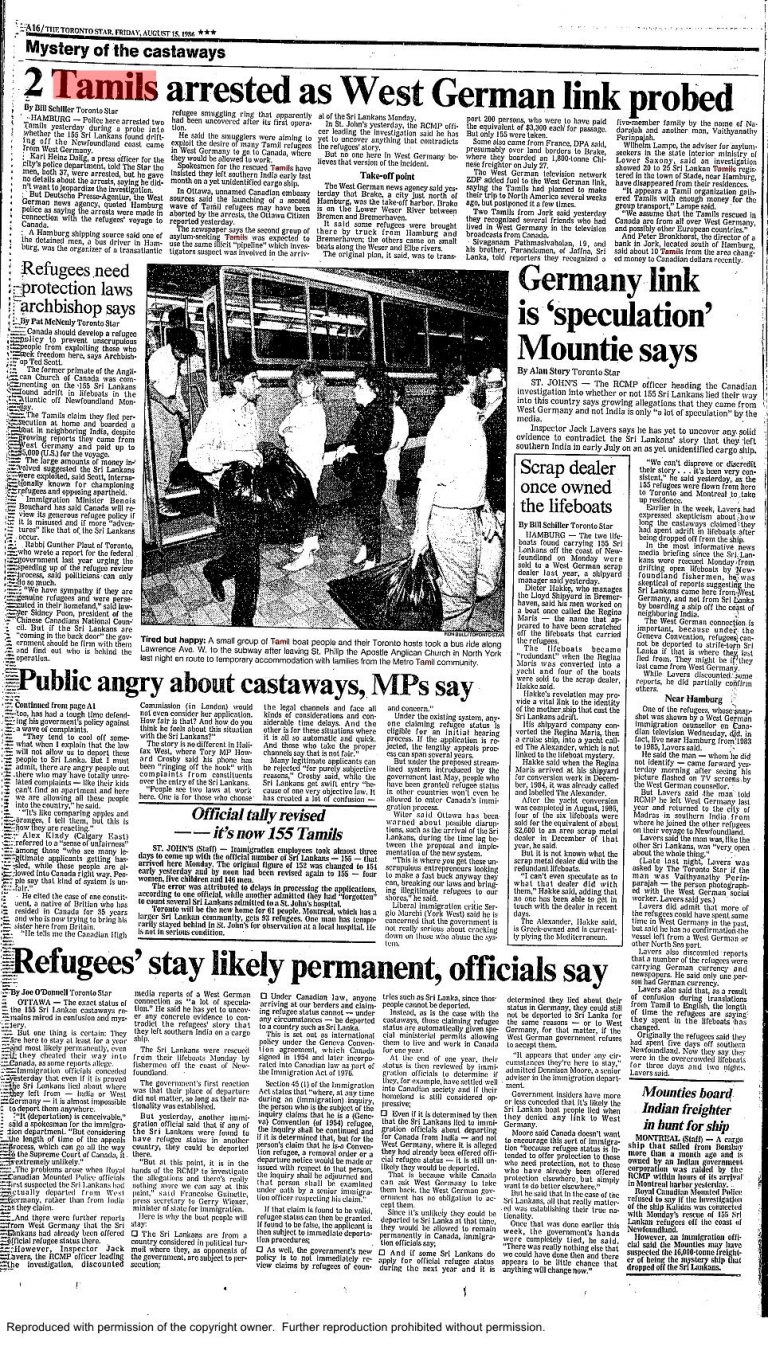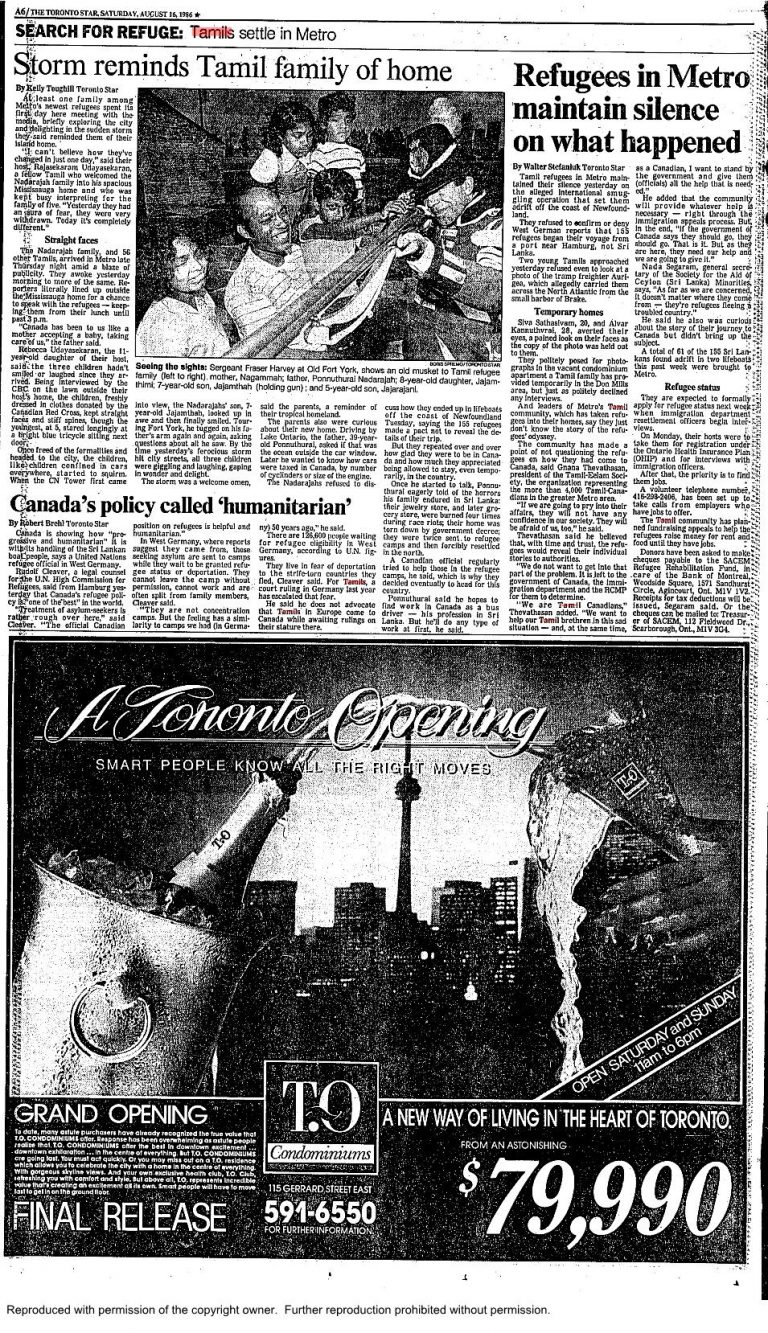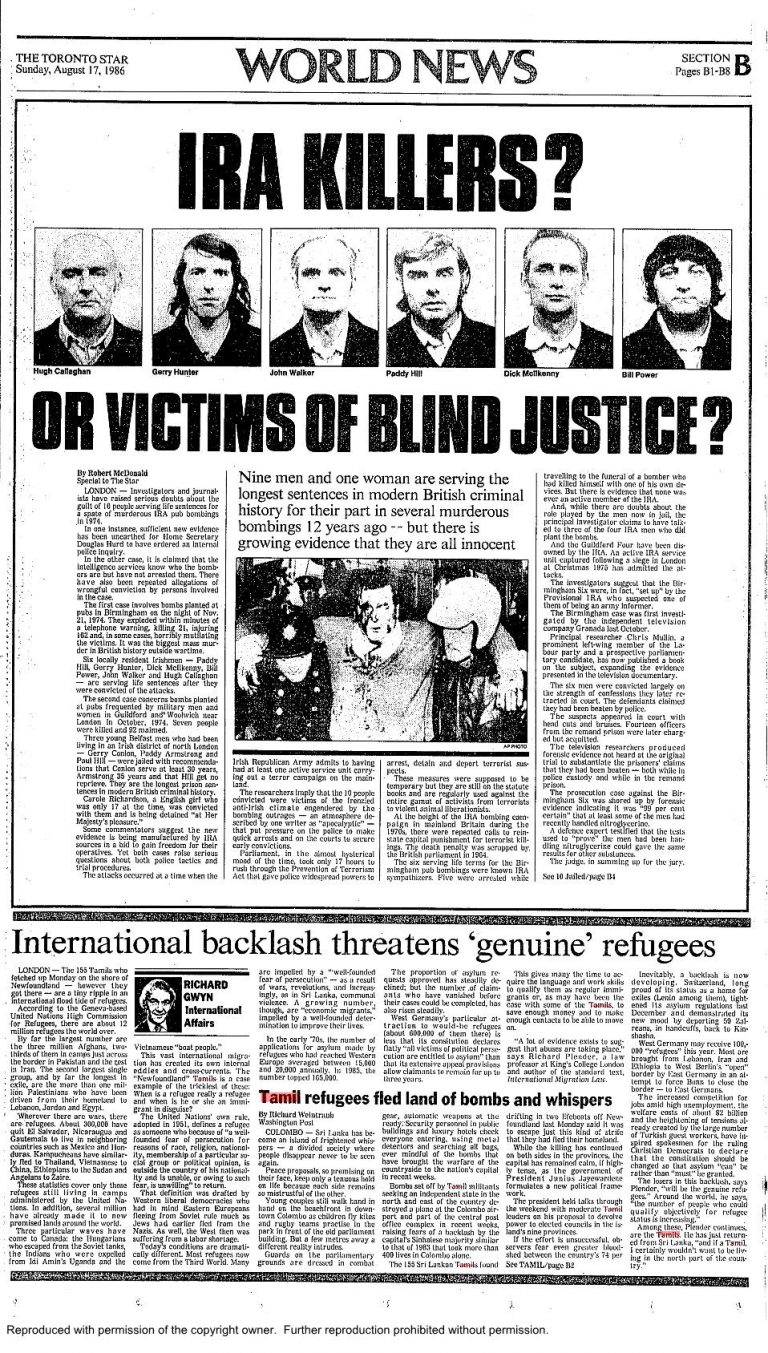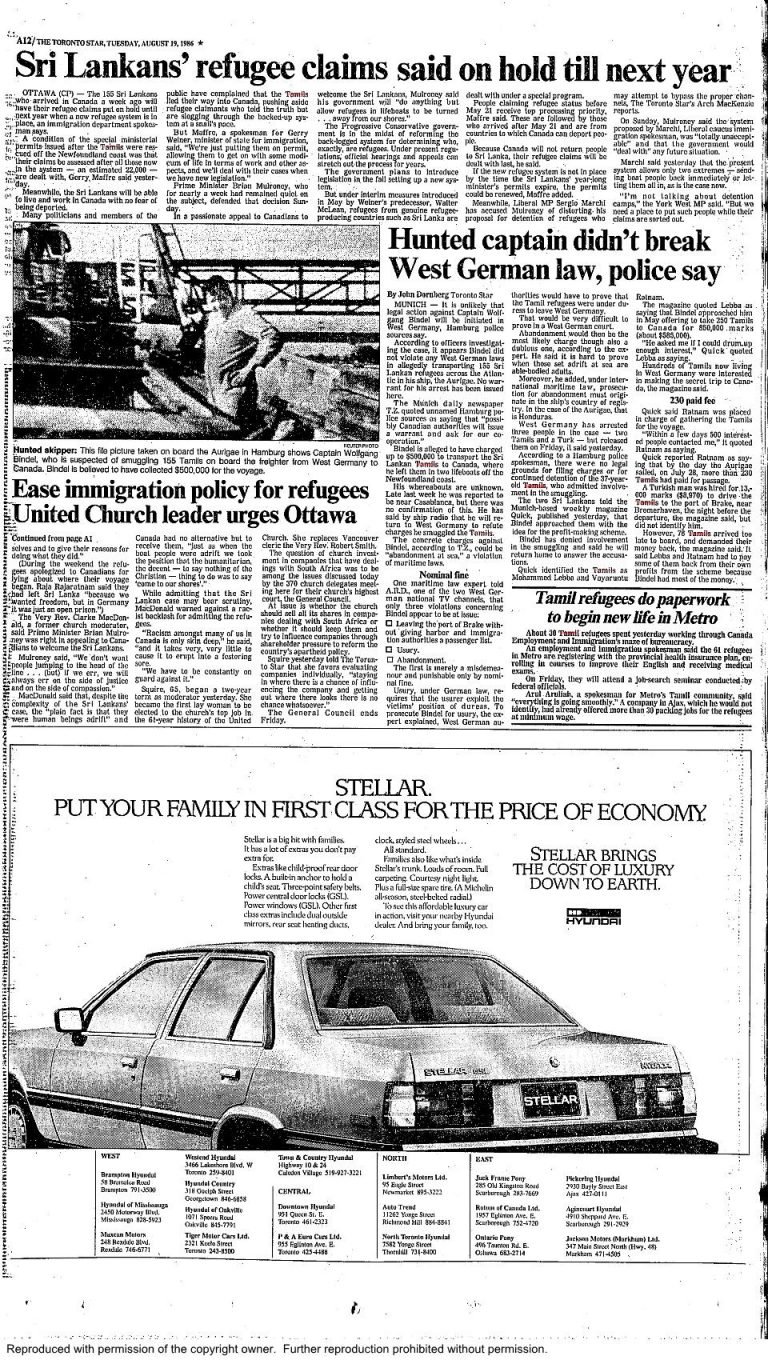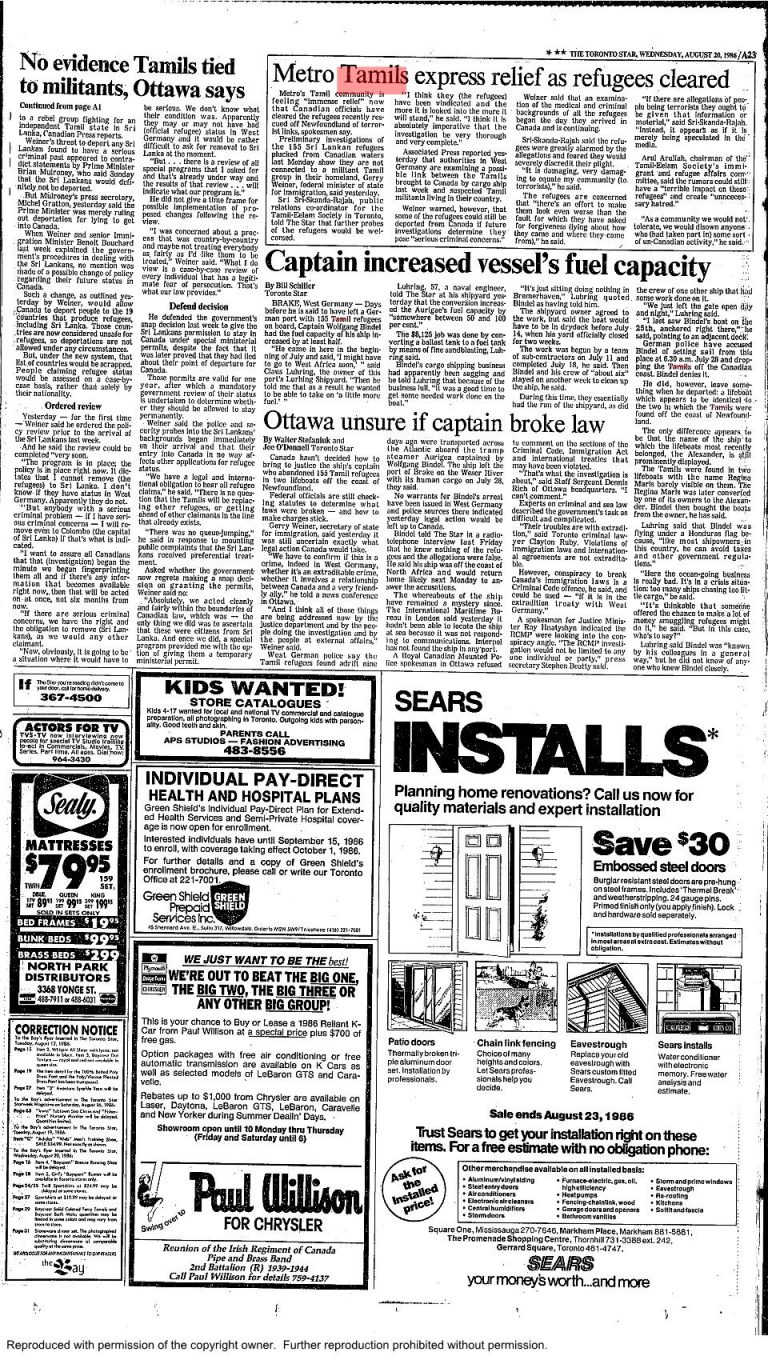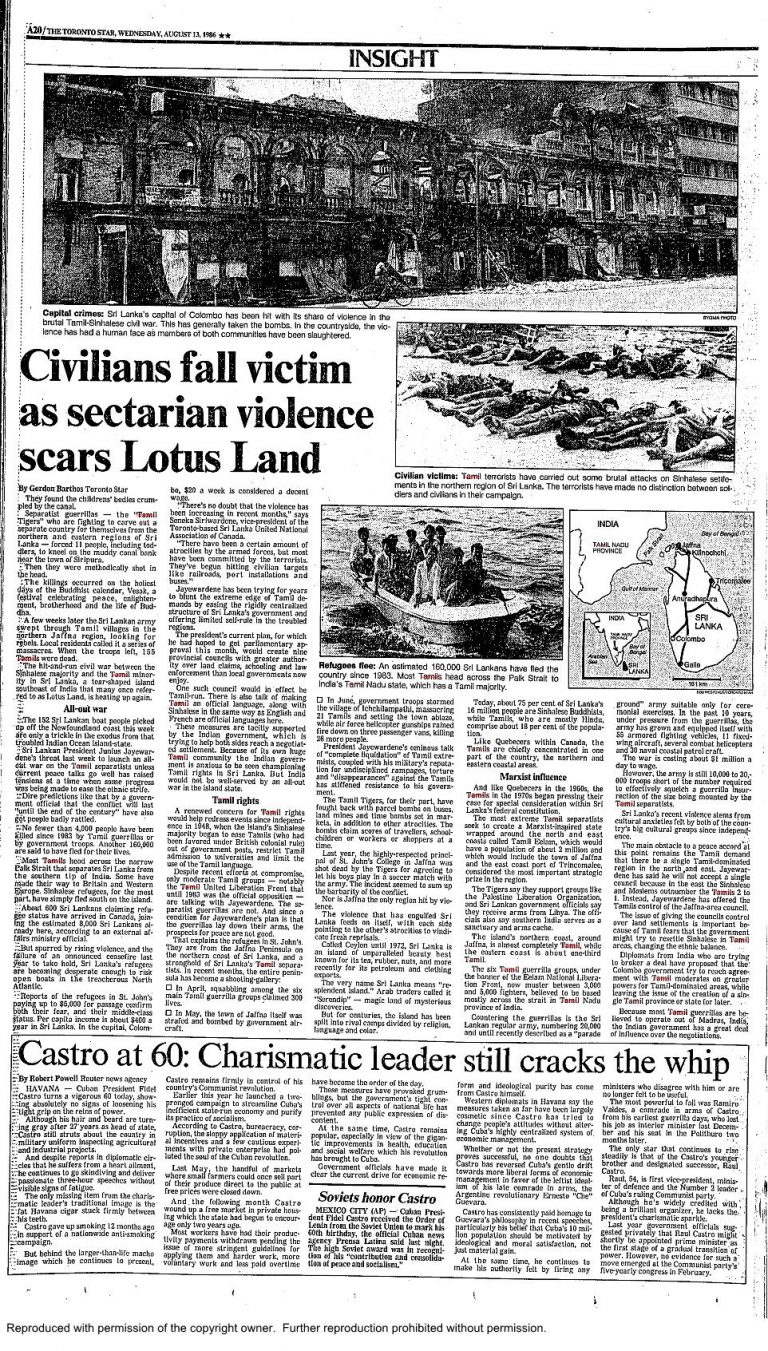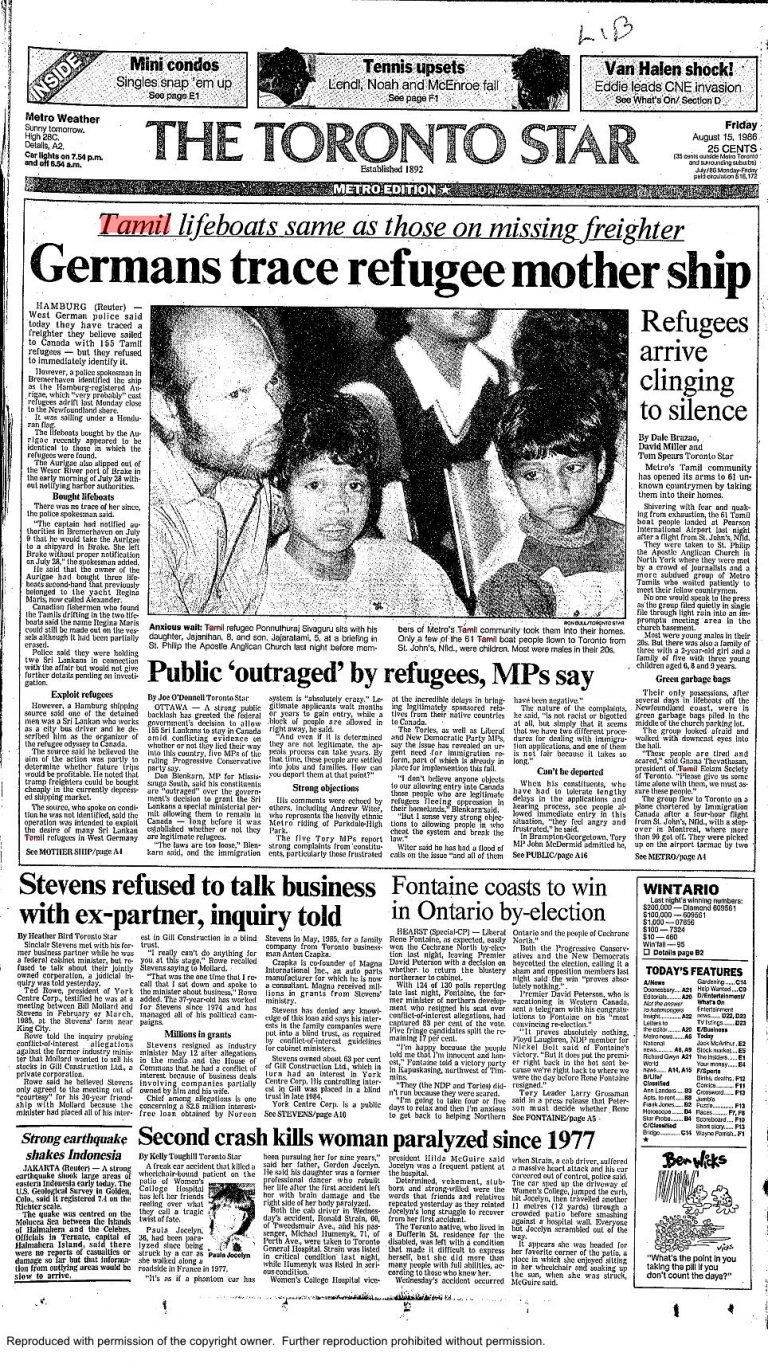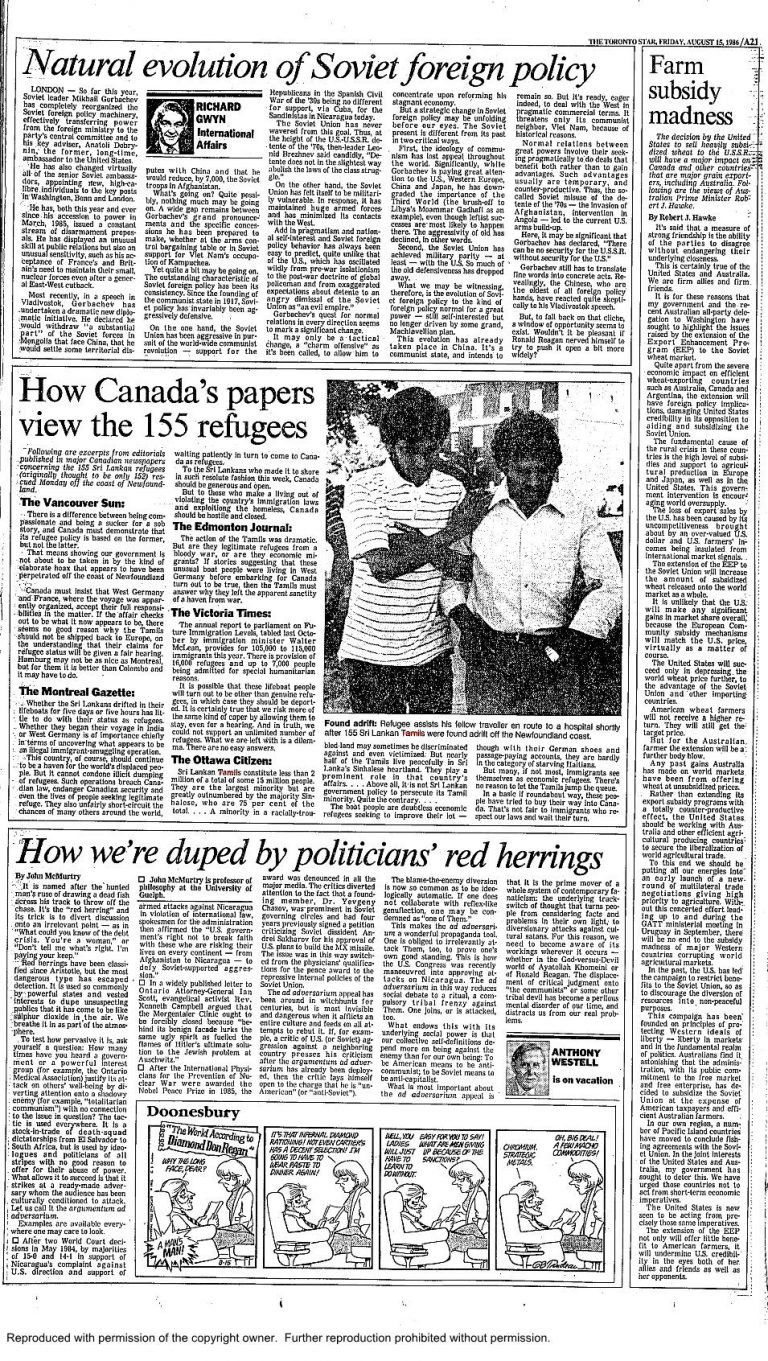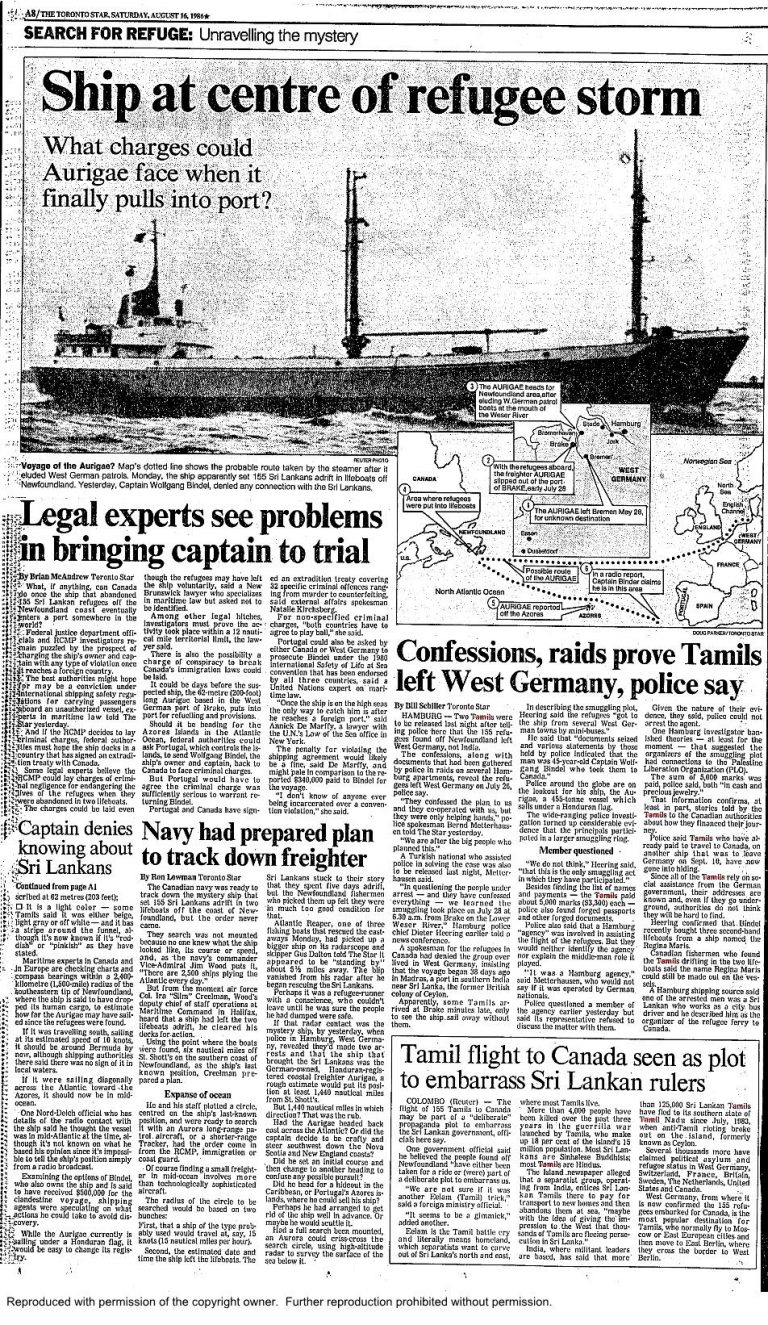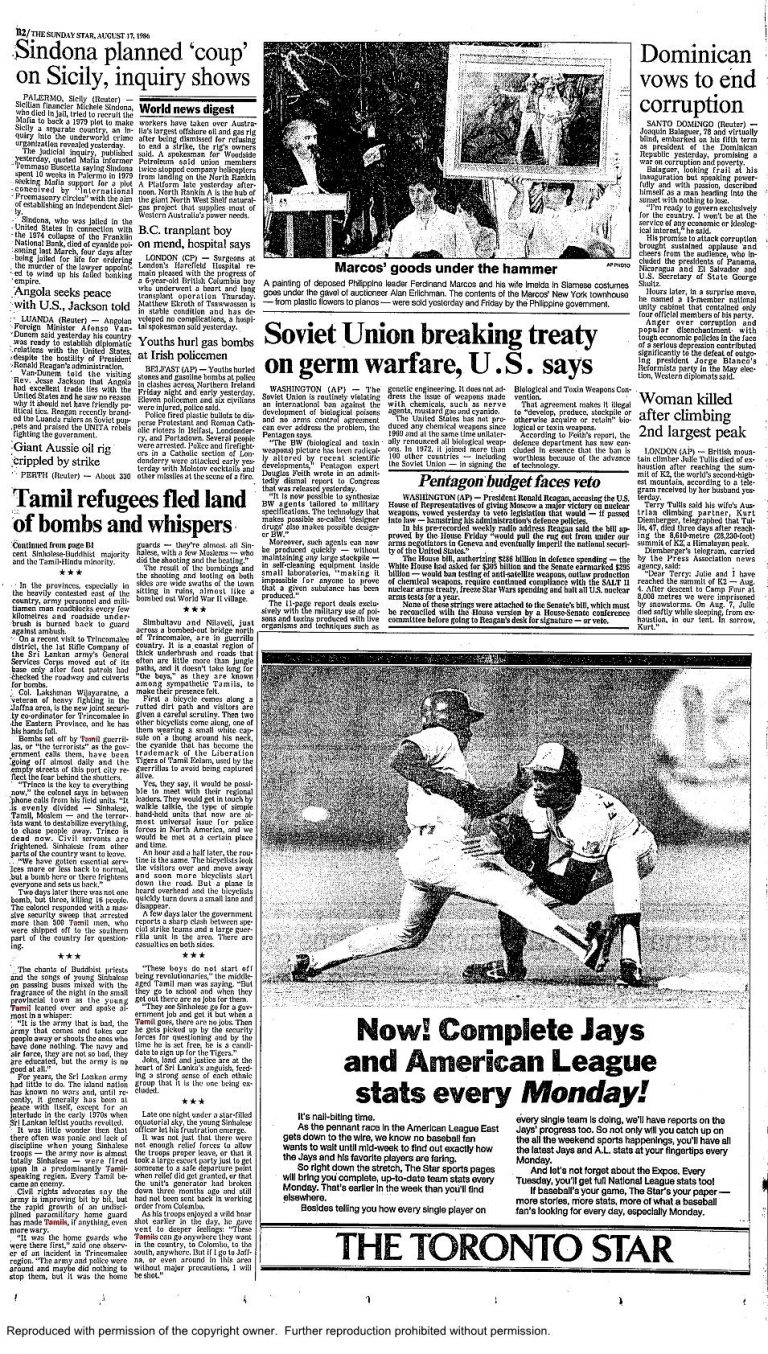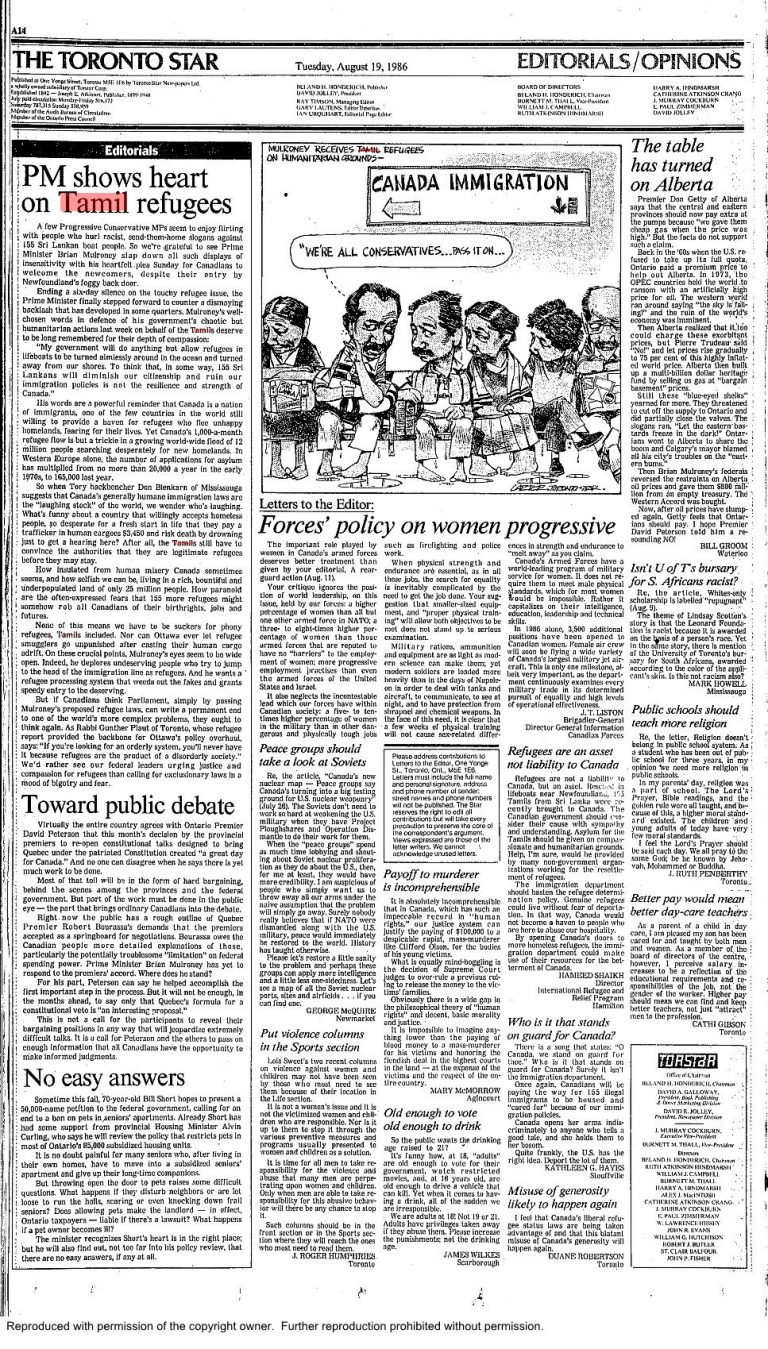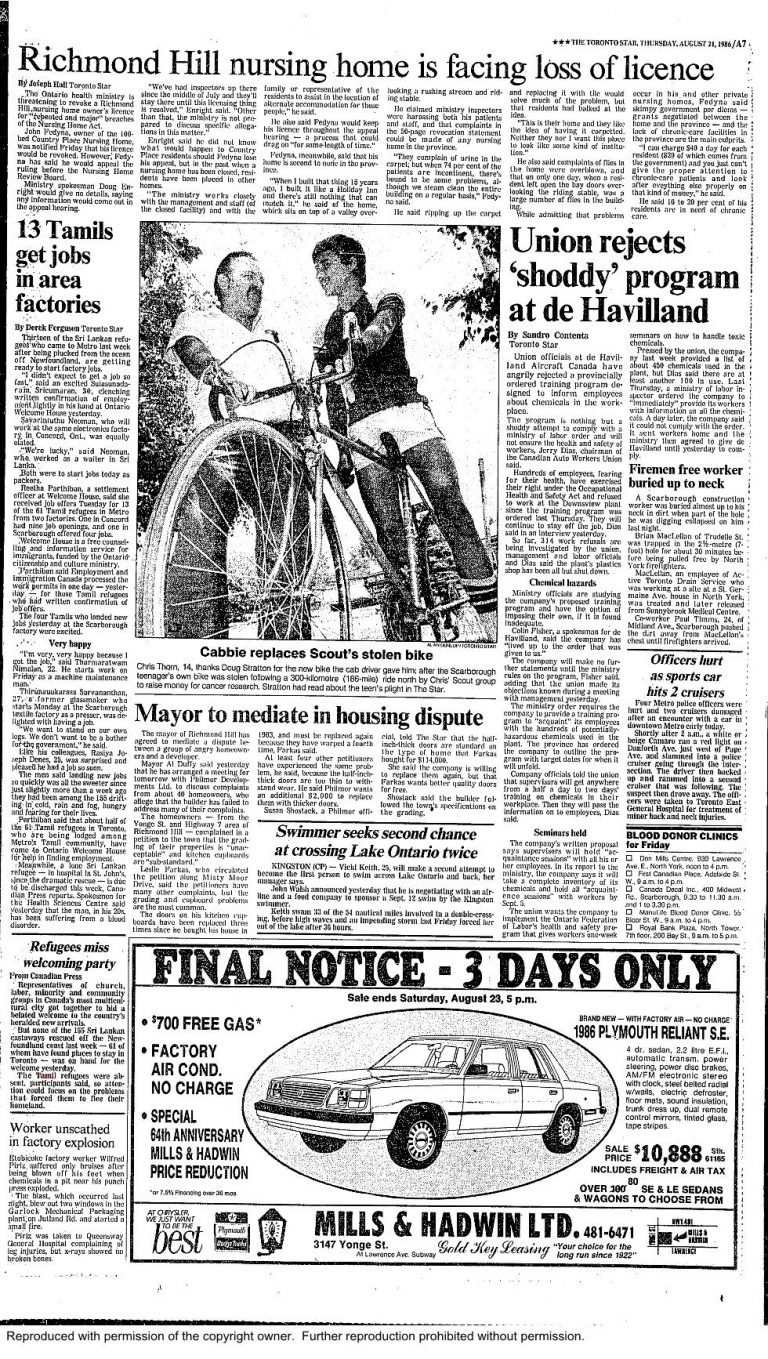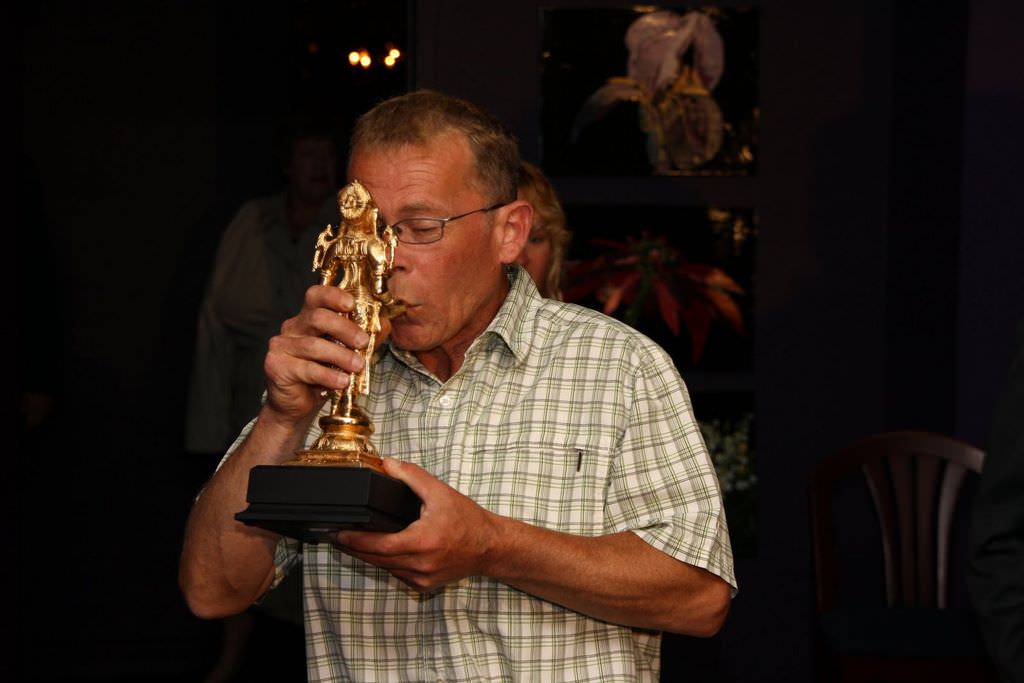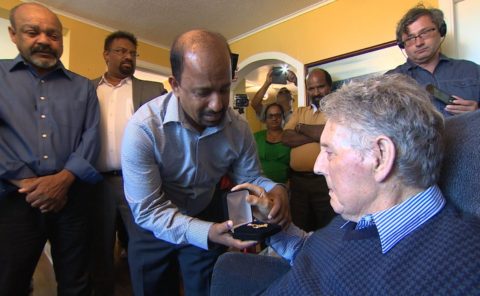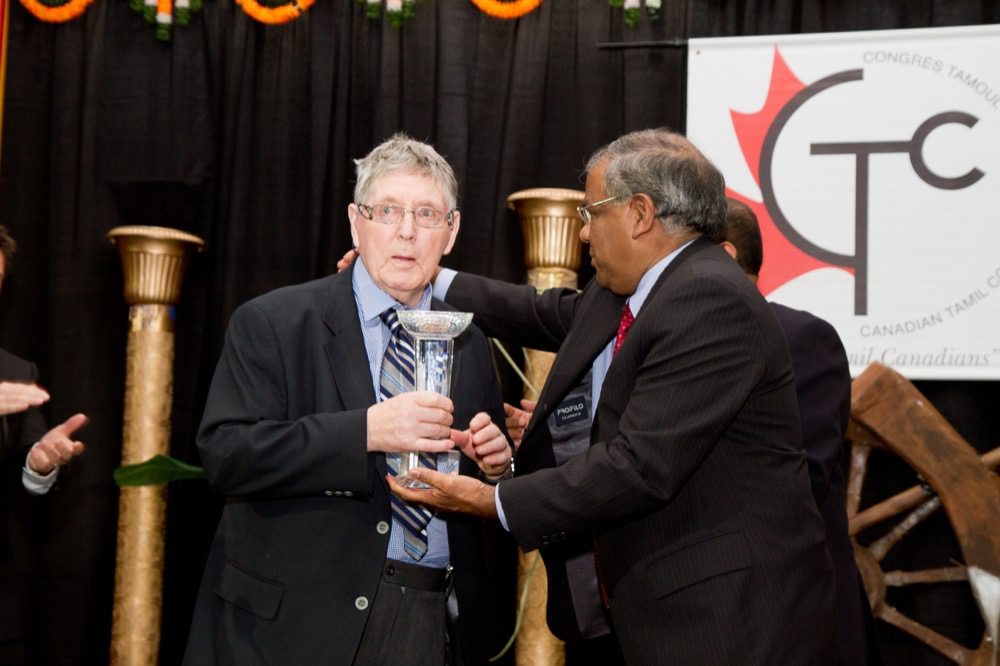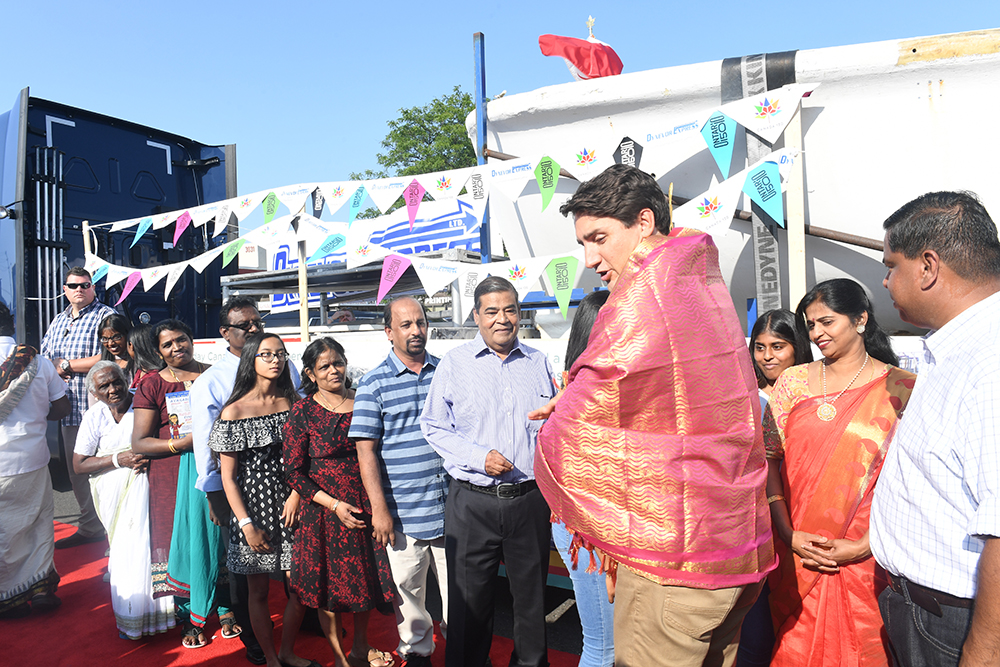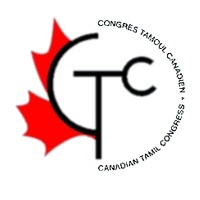Welcome
* Tamils Journey 1986
On August, 11, 1986, Newfoundlanders opened their doors and welcomed 155 Tamil men, women and children who were stranded on life boats off the coast of St. Mary. In an attempt to find a home where they could live with dignity, these refugees spent nearly two weeks on a merchant vessel and then were stranded for over three days with little to no food or water before being found by the crew of a local fishing boat. These courageous refugees survived the sea for those days by their tenacity alone.
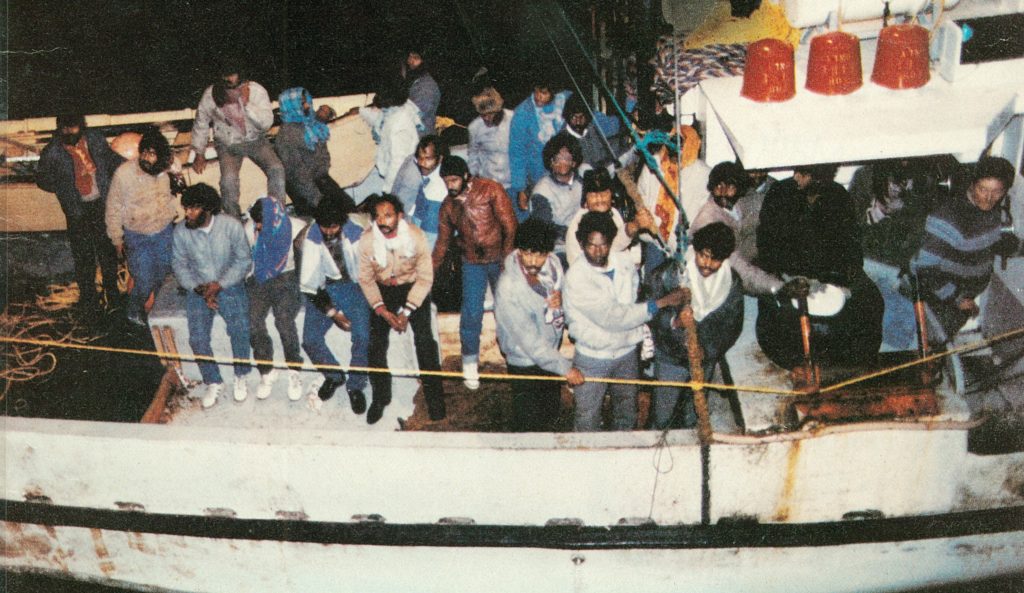
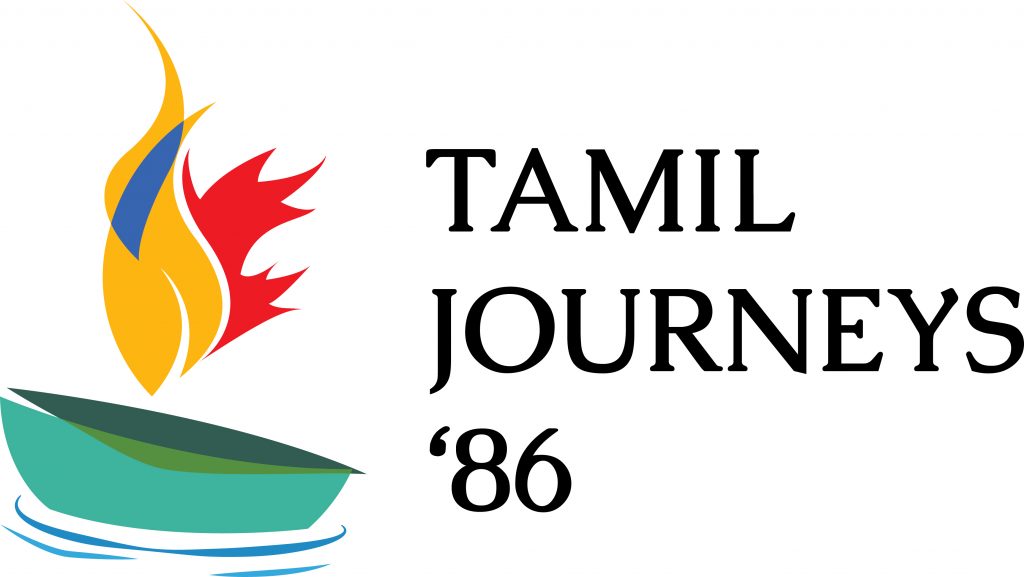
We Remember
Why This Event
The admirable action of these local fishermen in choosing to rescue these refugees makes this a historic rescue in modern day Canadian history. However, the generosity shown by these local fishermen and the people of Newfoundland has never been acknowledged in a public forum. As citizens of Canada and members of the Tamil community, it is important that we take the time to acknowledge this important event as part of our history. And, celebrate the courageous spirit and strength of those refugees.
- Civil war broke out in 1983, and had killed more than 4,000 people in the three years’ time, including many in bus bombings and rebel raids on troop positions and villages.
- Rhetoric was heating up in the country, with the President at the time warning of fullscale war against Tamil separatists if the peace plan at that time failed.
- More than 125,000 Tamils had fled to India since the July 1983.
- With several thousands claiming political asylum and refugee status in West Germany, Switzerland, France, Britain, Sweden, Netherlands, United States, and Canada.
- Many were leaving due to poverty, and religious and political persecution.
- The killings between 1983 to 1986 were over 8,000 with 83 riots and 3000 massacres especially in the East
- 155 refugees boarded a merchant vessel, the Regina Maris, which was bound to Canada.
- We know of at least 143 men, 4 women, and 5 children.
- West Germany, from where the refugees boarded, was a popular destination for Tamil refugees who normally flew to Moscow or East European cities and then moved to East Berlin when they crossed the border to West Berlin. Although they travelled to Germany for what they hoped would be a better life, most refugees there were made to live in refugee camps and treated like second class citizens.
- It was reported that the boat likely departed from the tiny port of Brake, West Germany illegally.
- The Captain of the boat was Wolfgang Bindel who was later charged for assisting those seeking illegal entry into a country.
- The original boat the refugees left in is believed to be named Aurigae and the lifeboats had previously belonged to Regina Maris
- It is reported that while on the boat, the refugees were not allowed to use the toilets on board and had to sleep in the lifeboats at night, squeezed together
- For four days on the boat, many had nothing to eat and containers with fresh water were used up sooner than planned.
- It was reported that the refugees had to pay 5,000 marks, 30,000 Indian rupees ($3,330 CDA) at that time to be taken on the boat and even then sixty of those people were rejected.
- The captain of the merchant vessel promised the refugees that they would be put up decently on the ship and that Canadian boats would be waiting for them off the coast of Newfoundland.
- They were asked to get off the Regina Maris on August 9, 1986 and onto two 35 foot lifeboats.
- Many did not know where there were, but were just trying to survive. Abandoned the ship and staked their lives on lifeboats.
- Left on two open lifeboats of about seven or eight metres (24 to 26 feet) in length. One of the lifeboats, powered by a small outboard motor, was towing the other boat.
- Were told they were being dropped off the coast of Montreal and should arrive soon ( had no idea about Newfoundland)
- August 11, 1986, rescued by fishing boats from Newfound land near the St. Mary’s Bay, of the Avalon Peninsula in Newfoundland.
- Found 10 nautical miles off the southeastern coast of Newfoundland.
- The refugees were left on life boats for over five days with no access to food or water
- Left to the mercy of the waves for three days
- No distress calls had been picked up from the area.
- Temperature in St. John’s dropped to 7 degree Celsius
- Many were cold and hungry, but luckily no one had drowned.
- First appeared on the radar scope of Newfoundland longline fishing boat, Atlantic Reaper (Gus)
- Found by Captain Gus Dalton who called in nearby fishing boats and local fisherman for assistance.
- There were all boats on fishing expedition, and stopped their work to rescue the refugees from the lifeboats.
- In total, 4 boats came to the assistance of the refugees.
- The boats were the Atlantic Reaper (Gus Dalton of Admirals Beach, St. Mary’s Bay), Mona D (Jim Corcoran of Riverhead, St. Mary’s Bay), the Beckford (Felix Dobbin), and the Mary Theresa
- Gus’s boat was returning home full of fish after several days on the ocean when the lifeboats were spotted.
- All four boats threw out their catch and helped the Tamils onto their boats.
- They emptied their beds and supply shelves to make way for those who needed to rest.
- Canadian Navy dispatched the Leonard Crawley to meet the boats when they were returning to shore.
- A historic sea rescue in modern day Canadian history.
- Four captains and dozens of crewmen involved in the rescue.
- Met by RCMP with Gus and others being questioned by the police for several hours to ensure validity of the rescue.
- Remained on the four boats until Canada’s largest fisheries patrol vessel arrived and transferred to the Leonard J. Cowley which took place in a protected bay because of the swells in the ocean had been completed.
- Nobody in any serious medical condition. Eight were taken to hospitals in ambulances for medical attention. Rest taken to RCMP headquarters.
- Coast guard cut off all radio communications between uninvolved civilians and the boats that rescued the refugees
- Citizens of St.Shotts took in the refugees and provided assistance.
- Gus and others lost several thousand dollars in revenue for which he was never reimbursed.
- The refugees were in about 75 rooms in two residences, Blackall and Doyle, at Memorial University. Although they were free to move about, they hardly went outside. They use tunnels to go to the dining hall for their meals. They look out of the windows of their rooms and occasionally wave at TV cameras and the reporters from Toronto.
- Many later settled in Montreal and Toronto.
- In 2011, to commemorate the 25th Anniversary of the boat landing, CTC organized a dinner to honor Captain Gus and his crew in Newfoundland. The dinner was attended by families of the crewmen, two Tamil survivors of the 1986 boat and their families as well as Senator Fabian Manning.
- At the CTC Annual Gala in 2012, CTC honored Captain Gus with the Leaders for Change Award.
- In August 2016, to commemorate the 30th Anniversary of the boat landing, CTC hosted an evening gala at The Rooms in Newfoundland to celebrate the lives of these refugees, the generosity of the fishermen and the leadership of extraordinary Canadians that helped these refugees start new lives.
- In August 2017, one of the two lifeboats which was used by these Tamil refugees in 1986 was displayed at Tamil Fest hosted by the CTC. Canadian Prime Minister Rt. Hon. Justin Trudeau joined Tamil Fest and viewed the lifeboat displayed and some of the Tamils who arrived in these lifeboats with their families.
- CBC News: Emotional return to N.L. for Tamils rescued 30 years ago
- The Globe and Mail :Tamils rescued off Newfoundland 30 years ago make emotional return
- Toronto Star: Reunion planned in Newfoundland for Tamil ‘boat people’
- CBC News: Tamil 'boat people' returning to St. Mary's Bay 30 years after rescue by local skipper
